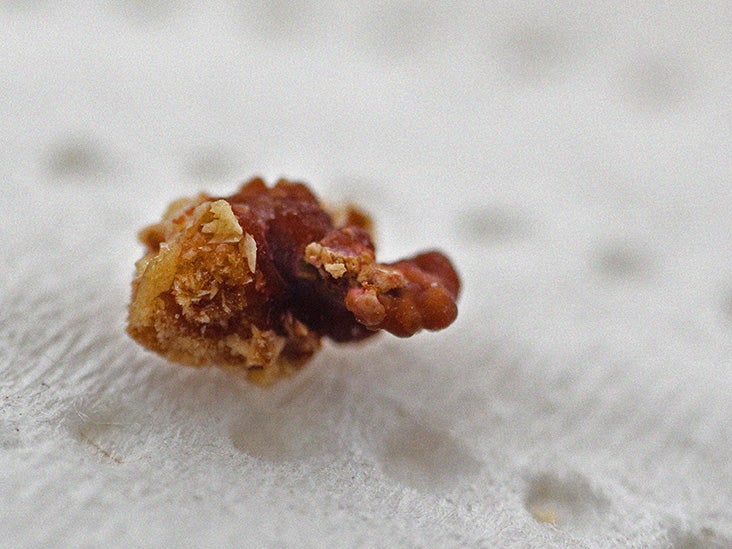Understanding What Kidney Stones Look Like
Kidney stones are small crystals that can form into pebble-like stones in the kidneys, potentially causing blockages in the urinary tract. The appearance of kidney stones can vary based on their composition, size, and color. In this article, we will delve into the different types of kidney stones, their characteristics, causes, symptoms, treatments, and preventive measures.
Types of Kidney Stones
There are four main types of kidney stones:
- Calcium Stones: These are the most common type of kidney stones, comprising calcium oxalate, calcium phosphate, or a combination of both.
- Uric Acid Stones: Accounting for 3–10% of kidney stones, these stones are typically pebble-like in appearance.
- Struvite Stones: Larger in size compared to other types, struvite stones are found in 7–8% of individuals with kidney stones.
- Cystine Stones: Resulting from cystinuria, a genetic condition, these stones are compact, partially opaque, and amber in color.
Symptoms of Kidney Stones
Individuals with kidney stones may experience various symptoms, including:
- Sharp pains in the back, side, lower stomach, and groin
- Presence of pink, red, or brown blood in the urine
- Frequent urge to urinate, accompanied by pain during urination
- Difficulty in urination or passing only a small amount of urine
- Cloudy or foul-smelling urine
- Nausea, vomiting, fever, and chills
Causes and Formation of Kidney Stones
Kidney stones develop when there is an imbalance in the concentration of minerals and salts in the urine. Factors contributing to the formation of kidney stones include:
- Inadequate hydration
- High consumption of animal protein, sodium, and oxalate-rich foods
- Obesity, certain medical conditions, and medications
Treatment and Prevention
Depending on the size and composition of the kidney stones, treatment options may include:
- Passing Stones: Smaller stones can often be passed naturally by increasing fluid intake.
- Medication: Alpha-blockers may be prescribed to aid in stone passage, while other medications can prevent stone formation.
- Medical Procedures: Surgical interventions such as shock wave lithotripsy, cystoscopy, ureteroscopy, or percutaneous nephrolithotomy may be necessary for larger stones.
Preventive Measures
To reduce the risk of recurrent kidney stones, individuals are advised to:
- Maintain adequate hydration by consuming sufficient water daily
- Modify their diet to limit salt, oxalate-rich foods, and sugary beverages
- Address underlying medical conditions and avoid medications that increase stone formation
Conclusion
Understanding the composition, appearance, symptoms, and treatment of kidney stones is crucial for effective management and prevention. By adopting lifestyle modifications, staying hydrated, and seeking timely medical intervention, individuals can mitigate the risk of kidney stone formation and associated complications.
